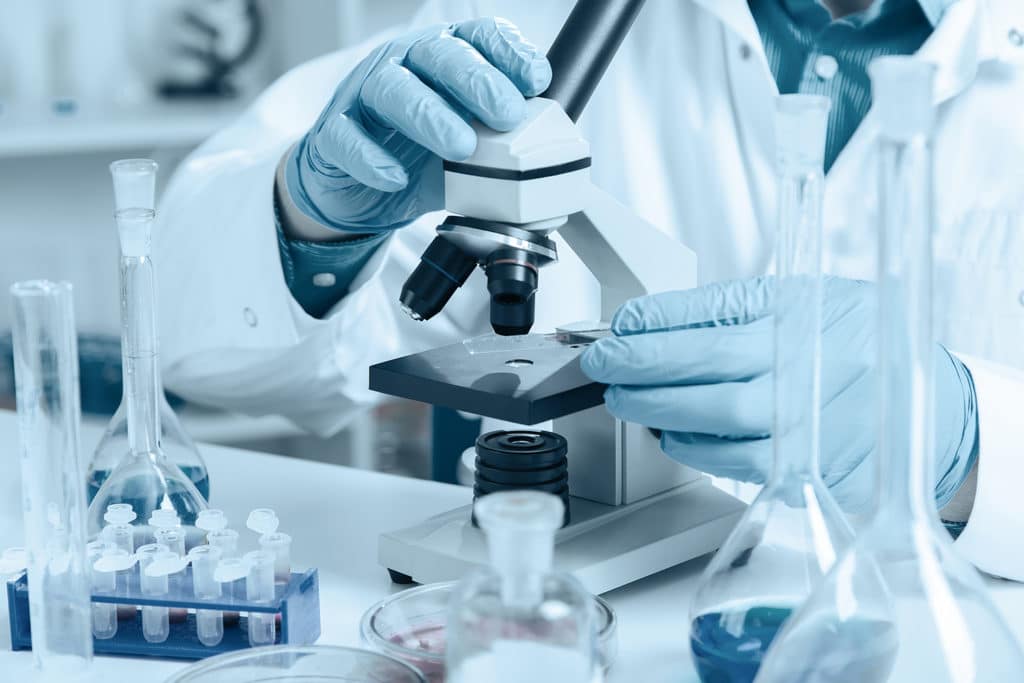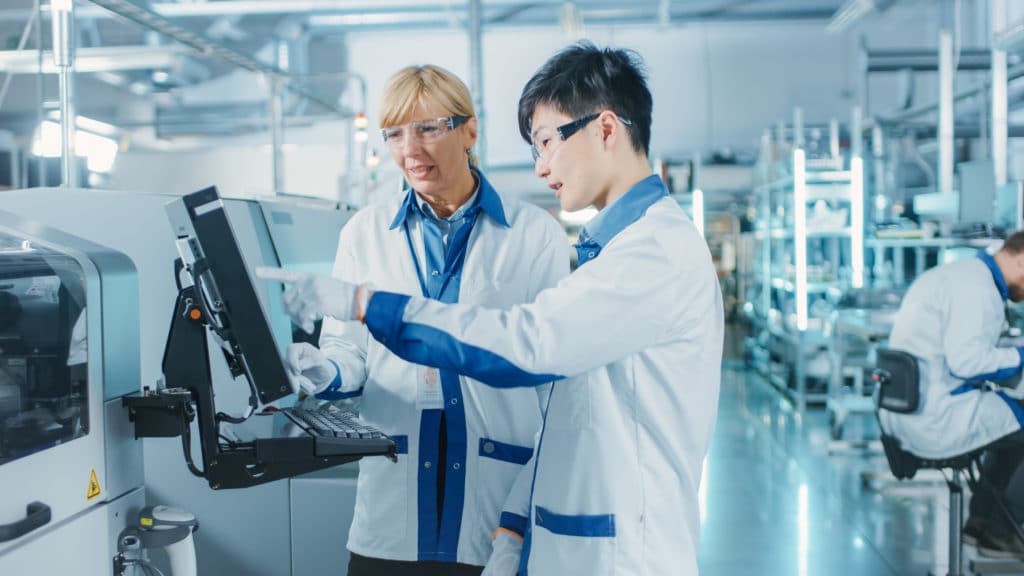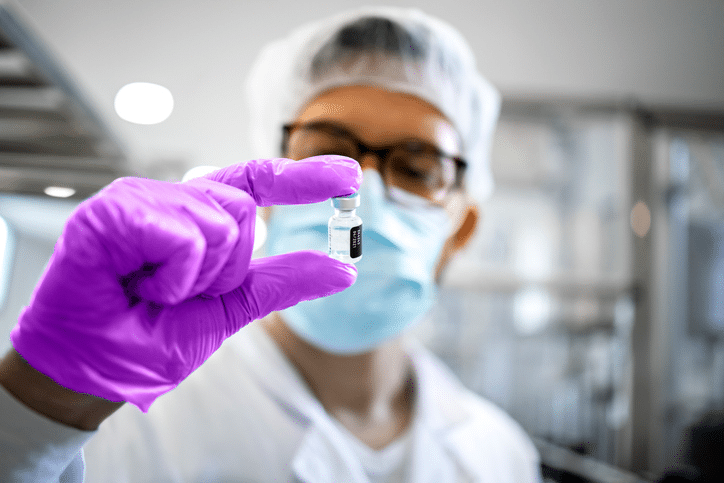The clinical development of biopharmaceuticals is an increasingly competitive and complex space. Organizations with limited prior experience with the drug development lifecycle will embark on a journey requiring plans and strategies to minimize time, resource and impact to budget. In this initial blog, we will identify and provide an overview of some of the most common considerations for the early stages of the development journey.
1. Create a comprehensive development strategy for your therapeutics & platforms
Begin your strategy building with the end goal in mind. Keeping goals at the forefront of your discussions when developing your strategy will provide focus and intentionality. Early on, there will be many unknowns, so some level of adaptability must also be factored into your approach. There are many questions to consider that are specific to the type of development program. Here are a few to consider when developing the strategies:
- Does this new therapeutic entity target meet a significant unmet need?
- Will the development program require partnerships or collaborations?
- Can this be developed to a certain point for another organization to complete the development?

2. Evaluate your landscape – Stay informed and apply new learnings
Ongoing reviews of your therapeutic space is good practice that should be incorporated into strategic planning. Understanding how competitors progress in their development may offer key learnings. That will help with leveraging long-term and short-term approaches. In clinical development, setbacks are inevitable and can be challenging. How quickly you rebound and motivate your teams to apply new learnings can make the difference between a clear path forward or continued setbacks.
3. Clearly define what portion of the development will be virtual, onsite or a combination of both
Included in the overall strategy, there needs to be an operating structure plan. The plan should identify the development approach, locations, check -in points, handoffs and key points of contact. Determine if the program be fully virtual, onsite or some combination of both approaches. Structured knowledge of the operational approach will help to identify the development methodologies and assist in establishing responsibility and accountability. When utilizing external collaborations, it is vital that the right personnel fill the critical roles to maximize efficiencies.
4. Carefully select your vendors and service organizations
Choosing vendors and CRO/CMO/CDMO who can work well together is key to the success of your program. The selection process should be rigorous, aligned with your company’s expectations on GxP, development, and documentation strategy. Ultimately, asking the right questions up front, performing audits, and leveraging prior relations will help in making informed decisions. These choices will help effective communication and transparency of data sharing and review.
 5. Where feasible, use compendial grade raw materials as early as possible in the development cycle
5. Where feasible, use compendial grade raw materials as early as possible in the development cycle
Time is critical to the drug development cycle. One potential time saver is using the same raw materials throughout process and analytical development and manufacturing. This approach is not always feasible, but may mitigate raw material changes later in the development cycle, and may lead to performance or technical differences in the process. Consistent use of raw materials in Development AND Manufacturing can minimize the total development lifecycle and reduce or eliminate rework.
6. Clearly define and map out inter-phase processes and communication methodologies
Encourage clear and open communication within, and between, development teams. Create a vision of the development goals milestones. Engage the team in achieving the shared goals. Handoffs between teams or different functional groups can be challenging due to the differences in technical area focus. Good planning and preparation for transitions will help to ease some of this difficulty.

7. Define your strategy early for acquiring, storing, and analyzing data
Know your milestones and define them against stage-appropriate key metrics. Establish checklists, flow diagrams, or other tools for the details needed around milestones that include, and are not limited to, timing of enabling studies, technical data, tech transfer and all relevant documentation. Underlying all of these activities is the electronic organization and storage of the information. It should be robust, easily retrievable, and aligned with the quality expectations.
8. Understand where and when you have to apply GCP, GLP and/or GMP
Understanding your specific GxP requirements and documentation is crucial. “If it is not written down, it did not happen” – FDA’s Good Documentation Practices. The method and tools for documentation are described in the overall operational strategy. Consider consulting outside expertise for any unique aspects of the development plans.
9. Create an application inventory and solid QMS framework
Continue to have the end goal in mind throughout the several milestones along the development lifecycle. Establish a quality-first culture for all products, systems, and documentation throughout your organization. A Quality Management System precipitates smoother transitions throughout the product development lifecycle and all clinical programs across the organization.
10. Revisit your strategy at every major milestone; course correct as needed
Have frequent and planned check-ins of the overarching strategy for development that was established early in the development lifecycle. Review Part of the milestone planning is the establishment of key questions. For example: Are the original assumptions the same or are modifications needed? Have any events occurred that require a timeline shift? Are any planned deliverables impacted?
Connect with one of our experts today to discuss your biopharma startup needs here.







